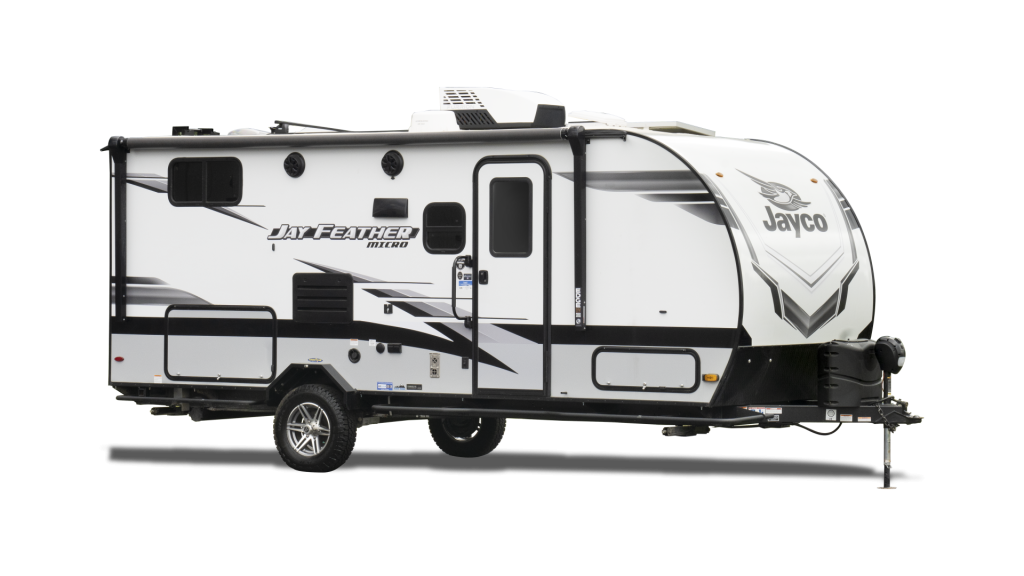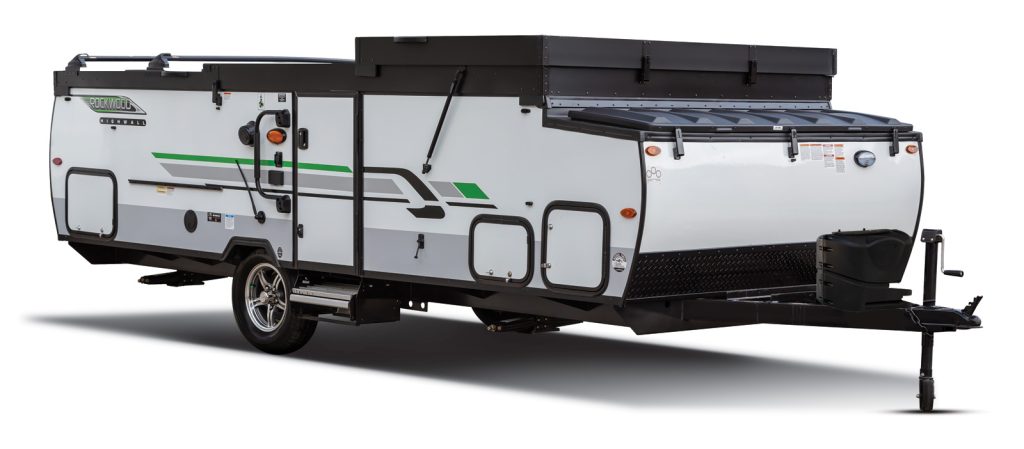Imaginez : les oiseaux chantent, le vent souffle et le feu crépite encore de la veille.
Depuis des décennies, les séjours en camping sont une tradition annuelle pour de nombreuses personnes. Qu’il s’agisse d’une escapade d’un week-end ou d’un voyage en famille, les deux offrent une échappatoire à la vie quotidienne et une chance de « débrancher », ce qui nous permet de nous concentrer sur ce qui compte.
Vous est-il déjà arrivé, au retour d’un séjour en camping, de ressentir le besoin de prendre de nouvelles vacances ? Les progrès et les innovations modernes dans le domaine de la technologie des véhicules récréatifs et du camping ont changé l’expérience du camping. Bien que ces progrès soient indéniablement utiles et aient rendu le camping moderne plus pratique, pourraient-ils nous empêcher de profiter pleinement des avantages et de l’expérience du camping classique ?
Les avantages du camping
Nous avons tous entendu l’expression « prendre l’air », mais le camping classique ou traditionnel offre bien plus que cela. Elle nous permet de nous connecter à la nature, à nous-mêmes et aux autres d’une manière qui peut être difficile à atteindre dans la société actuelle.
Les séjours en camping offrent une occasion unique de se concentrer sur ce qui compte vraiment, sans les distractions habituelles de la vie quotidienne. Loin des écrans, des emplois du temps chargés et de l’agitation constante de la vie moderne, le camping nous permet de renouer avec les personnes qui nous sont chères, d’engager des conversations enrichissantes et de créer des souvenirs durables. C’est l’occasion de ralentir, de réfléchir et d’apprécier les plaisirs simples, comme la chaleur d’un feu de camp, le bruissement des feuilles et la beauté de la nature.
Comment débrancher ?
Vous vous dites peut-être : « Je ne peux donc pas utiliser les équipements de mon camping-car ? ». Bien sûr, vous pouvez – ces équipements rendent le camping plus agréable et plus confortable ! L’idée que chacun se fait de la déconnexion est différente, mais le fait d’inclure une ou deux activités sans appareil dans votre voyage de camping peut rendre l’expérience encore plus relaxante et saine.
Des activités sans technologie que vous pouvez intégrer à votre itinéraire pour tirer le meilleur parti de vos séjours en camping :
– Cueillette dans la nature
– Hamac
– Observation des étoiles
– Allumer un feu de camp
– Se prélasser avec un livre
– Pêcher
– Dessiner ou peindre
– Journaliser
Activités supplémentaires pour les campeurs les plus actifs :
– Randonnée/marche
– Cornhole
– Lancer d’anneaux
– Kayak
– Escalade
Les équipements modernes et les innovations ont rendu le camping plus confortable et plus accessible que jamais et ont permis à un plus grand nombre de personnes de profiter des grands espaces. Cependant, il est important de se rappeler que le véritable avantage du camping réside dans la reconnexion avec la nature et les autres et dans le fait de prendre le temps de se déconnecter de nos routines quotidiennes. Bien que le confort supplémentaire soit appréciable, n’oubliez pas de faire une pause, de respirer l’air frais et d’apprécier la simplicité qu’offre le camping. Lorsque nous sommes vraiment en contact avec le monde naturel qui nous entoure, nous rentrons chez nous en nous sentant revigorés et optimistes quant à l’avenir !



















 After identifying the RV type that is right for you, you will also want to consider if you are buying a new or used unit. The condition of the recreational vehicle you purchase could be heavily dependent on your price range as pre-owned inventory typically comes at a lower price tag. However, a new RV will have the most up-to-date features available on the market today and no mileage or previous service history to worry about.
After identifying the RV type that is right for you, you will also want to consider if you are buying a new or used unit. The condition of the recreational vehicle you purchase could be heavily dependent on your price range as pre-owned inventory typically comes at a lower price tag. However, a new RV will have the most up-to-date features available on the market today and no mileage or previous service history to worry about. 